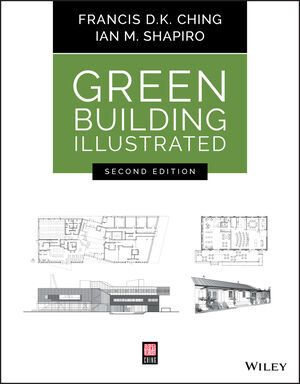An energy labeling program, which allows commercial building owners to get a better sense of how efficiently their buildings operate, has expanded to include an "As Designed" label.
The program, called Building Energy Quotient (bEQ) and originally developed as a pilot program in 2010 by the American Society of Heating, Refrigerating and Air-Conditioning Engineers (ASHRAE), now has two labels that building owners can obtain: an As Designed label, which rates the building's potential energy use under standardized conditions, independent of the building's occupancy and usage; and an "In Operation" label, which rates actual measured energy use as affected by the building's occupancy and usage.
Advocates of building energy labeling say the new label will help building owners or prospective owners to identify opportunities for improving their buildings' energy use.
Amy Musser, a consulting engineer in Ashville, N.C., and volunteer chairwoman of ASHRAE's bEQ Committee, says, "bEQ allows commercial buildings owners to zero in on opportunities to lower building operating costs and make informed decisions to increase value."
The As Designed label is based on the results of an energy model with standardized inputs, independent of operational and occupancy variables. The In Operation label requires an ASHRAE Level I Energy audit and focuses on a building's actual energy use for the previous 12 to 18 months.
Although the program is voluntary, some cities and states require mandatory energy-disclosure reporting requirements. For example, Washington, D.C., San Francisco, Boston, New York City, Philadelphia and Austin, Texas, and the states of California and Washington all have mandatory reporting requirements.




